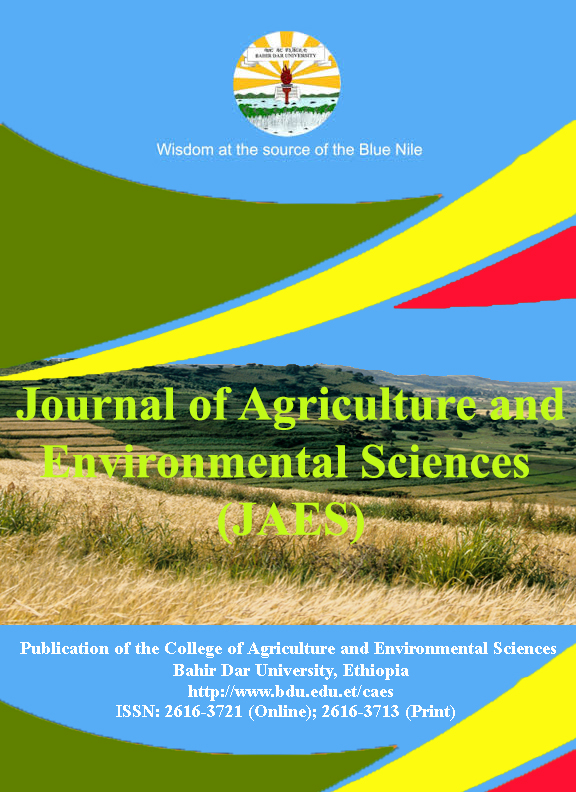Reviving of Nigerian Rubber Industry through Export Potential Enhancement
Abstract
The need to shore-up the continuous widening gap of the nation’s revenue owing to dwindling oil price has forced the Nigerian government to start looking towards non-oil products especially agricultural cash crops for foreign exchange earnings. Since agriculture was the mainstay of the Nigerian economy before the oil boom, the need to look into this sub-sector to keep the nation’s economy afloat becomes a sine-qua-non. It is in view of this thrust that the present research intends to chart a course towards examining the potential of reviving the rubber sub-sector, being an important cash crop with high economic demand in the world. The research used dated data that spanned from 1961 to 2017 and it covered production, area, yield and producer’s price (rubber). The data were sourced from the FAO database and analyzed using both descriptive and inferential statistics. Empirical evidence showed that the incremental change in the country’s rubber production in Nigeria was majorly driven by area expansion which could be used for other purposes. Therefore, the future of the sub-sector is not promising to owe the fact that the slight gentle rise in the forecasted production trend will be driven by a gentle incremental rise in the annual production area while the level of productivity decreased year to year. The decrease in the forecasted annual yield levels is as a result of non-productive income and not technology. This is because the farmers are at the mercy of the Licensed Buyers (LBs) who exploit the producers through adopting collusive effects rather than to allow the market forces to determine the prevailing market price. The Licensed Buyers also served as the major link to the exporting markets. Therefore, the study recommends the establishment of farmer`s co-operative organizations so as to venture into export marketing and to increase their bargaining power. Moreover, both governmental and nongovernmental organizations should facilitate viable export market linkages to these farmers’ co-operatives. Furthermore, viable governmental policies should be framed to make the rubber market competitive for farmers, middlemen, local and international industrial consumers in the value chain.
